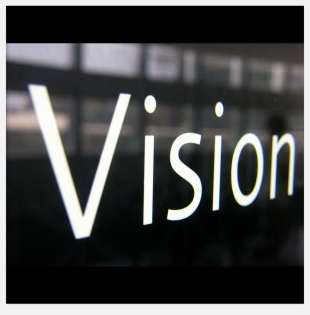Tag: simple story
Things I Wish I Knew about Advertising Killer Mistakes When Starting
It is a simple concept. People don’t read ads; they read what interests them. So if you are going to create a compelling and persuasive advertisement design, you are going to have to create something interesting that will help consumers want to read. And you must avoid these advertisement killer mistakes. And, oh, by the…

Sense of Sight … The Story of the Missing Watch
The human visual system is a pattern seeker of enormous power and subtlety. The eye and the visual cortex of the brain form a massively parallel processor that provides the highest bandwidth channel into your cognitive centers. You rely more on the sense of sight than on any other of the senses. Check out our…